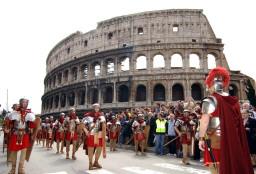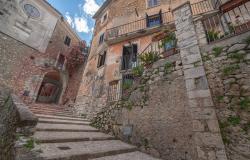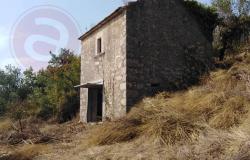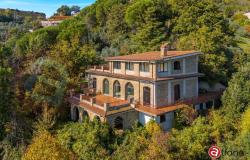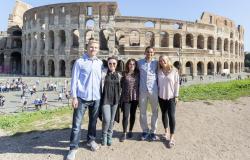Rome is gearing up to celebrate 2000 years since the birth of the Emperor Vespasian, founder of the Flavian dynasty and father of the city's most famous landmark, the Colosseum.
Divus Vespasianus, which opens in Rome on March 27, spotlights the life and achievements of Vespasian (9-79 AD) and his sons Titus and Domitian, who ruled for two and 15 years respectively after his death.
Preceded by the high antics of Nero's reign and taking power after a year of political manoeuvring that resulted in four different emperors, Vespasian's tranquil stint at the helm is often overlooked.
Before becoming emperor he was a very successful military commander but little information survives of his time in power, and his reign is today best known for the institutional and economic change he introduced.
As an individual, Vespasian is remembered for his relatively humble beginnings, his love of the simple life and his sense of humour.
Born in the provinces on November 17 in the year 9 AD of a father in the lower aristocratic equestrian order, Vespasian was something of a self-made man.
He worked his way up the ranks slowly, performing particularly well in the army, and was 60 by the time he became emperor in 69 AD.
''He was a cultured and very able individual, who considered himself a man of the provinces,'' explained the exhibition's curator Filippo Coarelli.
''He brought moderation and sobriety to a city laid low by the corruption of the Julio-Claudian emperors, emphasizing the values of parsimony and attention to administration that would change the face of the entire empire''.
The Senate's approval of the Lex de Imperio Vespasiani when Vespasian came to power ''launched a process of constitutionalization within the Roman Empire,'' said Italian Culture Undersecretary Francesco Giro, who attended the exhibit's presentation.
However, Vespasian's best-known legacy today is probably the Colosseum, one of several ambitious building projects he embarked upon.
Work on the structure, which was originally known as the Flavian Amphitheatre, got under way between 70 and 72 AD and was completed in 80 AD, under Titus.
Considered one of the greatest works of Roman architecture and engineering, it was the largest amphitheatre ever built in the Roman Empire.
According to Coarelli, Vespasian also played a key role in reconstructing the city in the wake of the Great Fire of Rome, which took place five years previously.
''The reconstruction attributed to Nero was actually the work of the Flavians,'' he said. ''Vespasian found the city still in ruins after the fire''.
The exhibition aims to explain some of the extraordinary architectural innovations introduced under Vespasian.
There are also a host of recent archaeological finds, architectural artefacts and busts of the Flavian emperors.
Although centred in the Colosseum itself, the exhibition will extend to two other locations. The first of these is the Curia building where the Senate met, which has been reopened to the public for this occasion. The second is the Cryptoporticus of Nero on the Palatine Hill.
En route, visitors are guided to a series of Flavian monuments, including the Arch of Titus, the Flavian Palace, the Temple of Vespasian and the Temple of Peace.
The Flavian exhibition runs until January 10, 2010.
